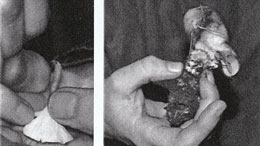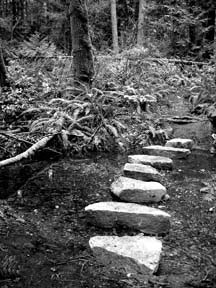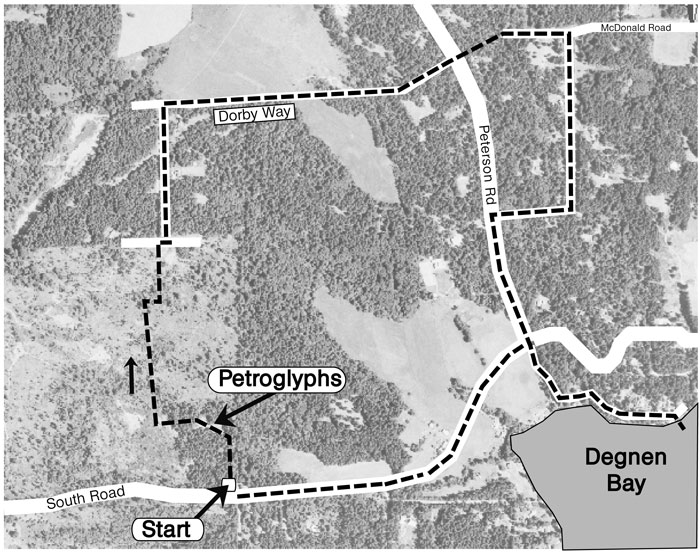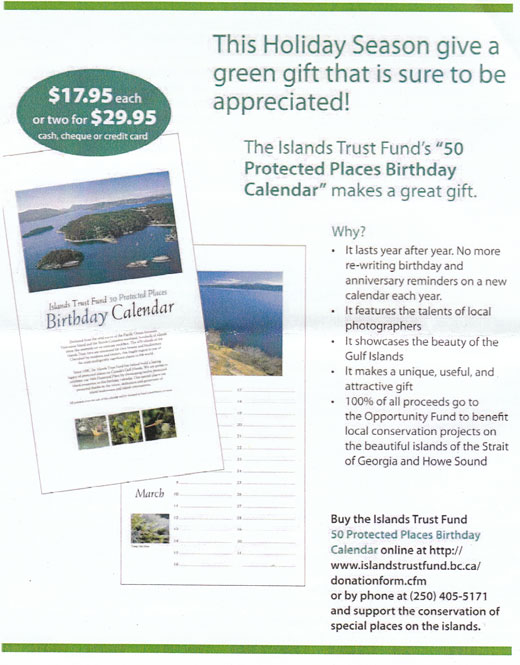
2235 North Road Gabriola Island, BC V0R 1X7 - email: info@galtt.ca - website: www.galtt.ca
Contents
President's Report - page 1
Mushroom Workshops - page 2
Elder Cedar Dedication - page 2
Petroglyph Walk - page 3
Tansy Ragwort - page 4
2008 Board of Directors
President:
Dyan Dunsmoor-Farley
Vice-President:
Colin Masson
Secretary:
Carol Boyce
Treasurer:
Richard Welsh
Directors:
Tom Cameron
Barb Hague
Kerry Marcus
John Orr
John Peirce
Christine Purfield
Deborah Schwartz
Bob Smith
Randy Young
Newsletter
Judy Preston
Christeen Purfield
(Note: Please click on any image in
the newsletter to enlarge it.)

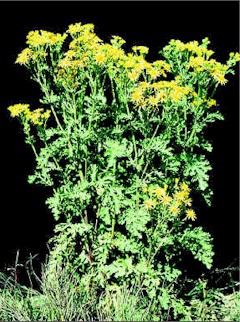
President's Report
Fall / Winter 2008
As we approach the end of 2008, GaLTT is moving ahead with renewed resolve to meet our ambitious goal of creating a network of trails from Drumbeg to Descanso by 2010. To accomplish this we have identified fourteen projects which will help us connect from one neighbourhood to another. Some of the projects involve Crown Land and some involve private holdings. As in all aspects of life everything boils down to relationships. We are delighted to have developed relationships with a number of landowners who are interested in exploring the possibility of creating trails on their properties. And we are pleased to have established good working relationships with local and provincial government departments as well as with other community organizations who share similar objectives. Although we are in the early stages of developing these projects, as a Board, we are optimistic about a successful outcome.
Over the past year we have achieved a lot. We have completed a contract with the Islands Trust Fund to carry out a number of activities in the Elder Cedar Nature Reserve Management Plan and have a second contract to remove invasive species and provide assistance with signage in the reserve.
Our Trails Team has been instrumental in getting this work done and in getting members involved. We offered workshops and lectures to members on topics such as Garry oak, camas lily ecosystems, and mushroom foraging. GaLTT members were given priority for the mushroom workshop which sold out in two days! A second workshop was scheduled. Our membership and communications committee
is working hard to ensure that we provide value for your membership fee. We've put out newsletters, revised and printed more trail maps and staffed tables at every Saturday market and most Christmas Fairs.
Over this past year, we have worked to increase our profile with government, establishing strong working relationships with the RDN and Islands Trust and submitting position statements to the Provincial Budget Consultation Process and the Provincial Pest Management Plan.
Looking back on the past year, GaLTT has accomplished a lot - none of it could have occurred without the support of our membership. We have approximately 200 members - this includes both individual and family memberships so the total number of members is higher. On behalf of the Board, I want to thank you for your continued support. Our objectives are to meet our mandate and your needs as members. Any ideas you have as to how we can do that are greatly appreciated. Send them to info@galtt.ca. In the meantime, our 2009 AGM will be held February 4th 2009. Please mark this date on your calendars. We are committed to making it fun and informative, as opposed to dry and boring.
Sincerely,
Dyan Dunsmoor-Farley
President


